This is a guest post by Lionel Beehner, who is a PhD Candidate at Yale University and was formerly a senior writer at the Council on Foreign Relations. He also regularly blogs at the excellent Political Violence at a Glance.
A new trove of photographs provides evidence of alleged torture of some 11,000 people in Syrian prison cells. Other human rights organizations have come up with slightly different estimates, but all agree that torture has has been a regular feature of the three-year-old conflict in Syria. Data from the Violations Documentation Center in Syria (VDC) show that torture is primarily used by the regime against civilians suspected either of being rebels or of collaborating with the opposition. The data are not without flaws, given that they are culled from human rights activists aligned with the opposition and are impossible to verify. Still, the data help to highlight – and challenge – some common assumptions scholars have on the use of torture during war.
Who is Torturing Whom?
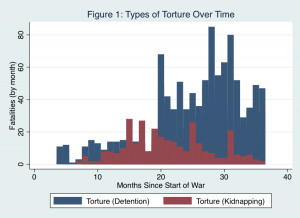
Note: Data from the Center for Documentation of Violations in Syria (VDC) (/www.vdc-sy.info/index.php/en/), whose main sources of information include “medical records, families of the victims and information received from the Imam of the mosque that performed the burial.” Of course, we can only count registered victims, so the numbers are likely to be biased downward.
Of the roughly 4,315 instances of torture-related deaths catalogued between March 2011 and January 2013, 3,832 involved civilians. The data document 82 cases of rebels torturing regime forces that led to death. Interestingly, looking at a time-series analysis of the two main types of torture – by detention and by kidnapping – we see that the former actually increases at the height of the war around month 20, or the summer of 2012, but continues to spike even as the regime is able to retake rebel-held and contested territories. We also see that torture by kidnapping is more prevalent early on in the conflict but tapers off as torture by detention increases, suggesting there may be some kind of substitution effect. The use of torture by kidnapping may suggest a different technology of violence or information-gathering committed by sub-state actors, such as pro-regime militias, or shabiha.
Does Torture Pay?
That said, is torture an effective counterinsurgency tactic? More specifically, does it a) provide the regime with reliable intelligence to be able to more selectively target insurgents with direct violence, which we presume is preferable to indirect violence? b) provide a credible deterrent whereby we might expect to see fewer coordinated attacks by rebel forces? or c) deter those who were tortured from returning to the front lines? As scholar Ruth Blakeley and others have argued, torture is employed as a deterrent to any political opposition and used strategically less as a way to extract intelligence than as a way to secure legitimacy for elites. Then again, maybe the opposite’s the case: Maybe torture has either little effect or actually reinforces opposition members’ resistance, pushing them to retaliate against regime forces or maybe target civilians in regime-held areas. As Yale’s Stathis Kalyvas writes, “[I]f torture always failed, it would never be used.” He adds that torture works in tandem with other human intelligence-gathering methods and suggests that torture requires some level of state infrastructure and military control, which might reveal that torture is less present in contested areas of the Syrian countryside.
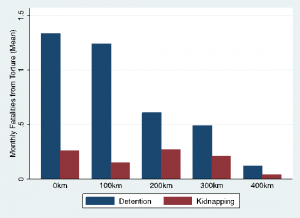
Figure 2: Torture Fatalities By Distance from Damascus
Is that the case in Syria? Preliminary violence data reveal a complicated narrative but suggest that torture is, by and large, counterproductive. Most of the torture that leads to death is from detentions and is carried out primarily in the center and south, not far from the capital, especially in Daraa province, according to Figure 2. Levels of torture taper off as one gets farther from Damascus, which upholds Kalyvas’s argument that torture is less likely in contested parts of the countryside. Moreover, torture is most prominent in regime-held areas, a finding that adheres to his contention that some degree of control and information is necessary to be able to both find and detain oppositionists in order to torture them. There are significant numbers of military bases around the south, given Syria’s prewar obsession with defending itself from an Israeli strike from the Golan Heights. Torture is a form of direct violence, and violence in the center and south was much more direct than violence up north, a function of overstretched military capabilities, poorer intelligence and the strategic value of holding such territory for regime forces.
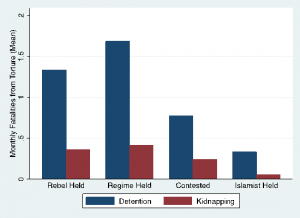
Figure 3: Fatalities from Torture by District Contestation
Torture by Ethnicity
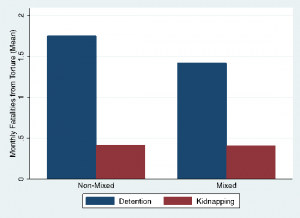
Figure 4: Torture Fatalities by District’s Ethnic Composition
Let’s also consider a district’s ethnic composition to see if maybe torture is more systematic in mixed vs. non-mixed areas. Average levels are higher in non-mixed parts of Syria, which makes sense, given that the highest levels of contestation and violence are in the predominantly Sunni Arab rebel strongholds of Aleppo and Damascus. In Figure 4 we notice that heavily mixed areas (Aleppo, Damascus, etc.) and Sunni Arab areas (Damascus suburbs, Daraa, etc.) see the most amount of torture, which is overwhelmingly detention-related (Interestingly, when mean levels of torture are compared, the Kurdish-Arab parts of Syria rank very high, which may suggest that Islamists are torturing other opposition rebels in higher numbers).
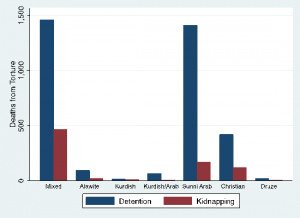
Figure 5: Total Deaths from Torture by Ethnicity
To Shell or to Torture?
Finally, what is the relationship between torture as a technology of violence and other, perhaps less direct forms of violence? Is it used in tandem with, say, artillery shelling, or is there a kind of substitution effect? If torture is more likely where control is less contested, we might expect to see torture to be inversely related to more indiscriminate forms of violence.
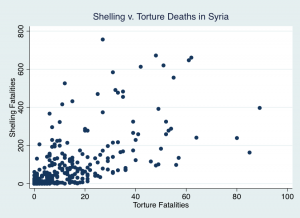
Note: 1 The Y axis includes shelling from heavy artillery and warplanes. The X axis counts both detention and kidnapping-related torture deaths.
On the contrary, we see from Figure 6 that torture is used primarily in tandem with other forms of indirect violence, such as aerial shelling. The use of torture as a means of gleaning intelligence and therefore better pinpointing insurgents does not appear to be upheld by the data. If anything, it appears that torture is counterproductive as a way of producing better intelligence (and thus more selective violence for the regime) or deterring rebel violence. It does neither, and in fact, can arguably be said to accomplish the opposite. (Running a simple multivariate analysis, not shown here, lagging the two types of torture by one month, it’s evident that where torture is used, violence, both direct and indirect, remains high – the results hold with province-level fixed-effects. Interestingly, the only deterrent effect torture appears to have is to lower future levels of rebel direct violence against regime combatants, which Figure 7 depicts at the province level. It is not clear what the mechanism is here: Maybe the regime is killing off rebel commanders after torturing them, thus disrupting the opposition’s ability to carry out future direct attacks. Perhaps it is gleaning valuable intelligence, thus allowing regime forces to more precisely pinpoint rebel forces and degrade their ability to carry out more pinpointed attacks, but this seems unlikely given the evidence against the notion that torture deters or disrupts other forms of regime violence).
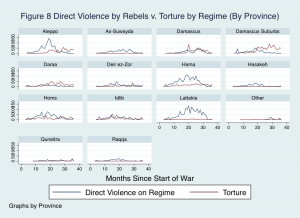
Note: Y axis measures monthly fatalities of regime combatants in each province by direct violence from rebels (the rebels generally do not have the capacity to carry out indirect violence). Torture includes both detention- and kidnapping-related deaths. I do not include district-level data because there are too many (65) districts.
Conclusions
Okay, so what does all this very preliminary evidence from Syria mean? First, that torture as a use of force is unlikely to go away, even as the regime consolidates its strength (including, potentially, in Islamist-held areas in the Kurdish north as opposition infighting continues). Second, torture is generally less prevalent in contested rural areas and is most common in urban areas under regime control. Finally, Hannah Arendt’s comment that torture is no substitute for a “secret police and its net of informers” is true. The evidence from Syria suggests that torture is a counterproductive tool for counterinsurgency.